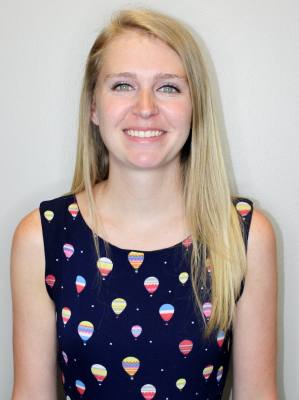Sugar Land City Council passed its updated Land Use Plan with a recommended 12 percent limit on multifamily housing at the Aug. 7 meeting with five council members in favor and two abstaining.
Throughout the last five years, the Land Use Advisory Committee has worked to develop policies guiding future land use decisions that will preserve Sugar Land’s single-family residential neighborhoods while maintaining the amenities that make the city an attractive option for residents and visitors.
In order to achieve the 88-to-12-percent ratio, walkable regional and neighborhood activity centers would address the growing demand for living close to shopping and entertainment, according to the finalized LUP document.
“The plan supports a ratio of 88 [percent residential] to 12 percent [multifamily housing],” Director of Planning Lisa Kocich-Meyer said. “One of the elements that is important in making sure that all of the other elements, such as the neighborhood and regional activity centers’ specific guidance, in terms of the use of the formula, [is] all of those things work together to help achieve the 12 percent to 88 percent ratio.”
Council Member Bridget Yeung, who abstained from the final vote, said her concern with the formulas in the Land Use Plan is that it will limit the number of apartments that can go into the areas that need to be redeveloped.
“I believe it will put at risk these areas from ever being developed,” Yeung said. “I believe developers won’t even come forward because of the formulas, and they won’t believe there’s enough multifamily that can go into those areas to make it profitable to them. I know that we have a lot of areas in our town that need redevelopment, and if they do not get redeveloped they can start being a blight to our community.”
Regional Activity Centers will be new or redeveloped areas and will serve as destinations for the city and region. Neighborhood Activity Centers will be new or redeveloped smaller mixed-use developments that provide amenities to nearby neighborhoods, according to the plan.
“In District 1, you would get no support for removing the limit on multifamily [housing] in a neighborhood activity center,” said Steve Porter, District 1 City Council member. “There are creative ways to do redevelopment, but making large multifamily insertions would not be supported in the identified areas in this plan in District 1.”





